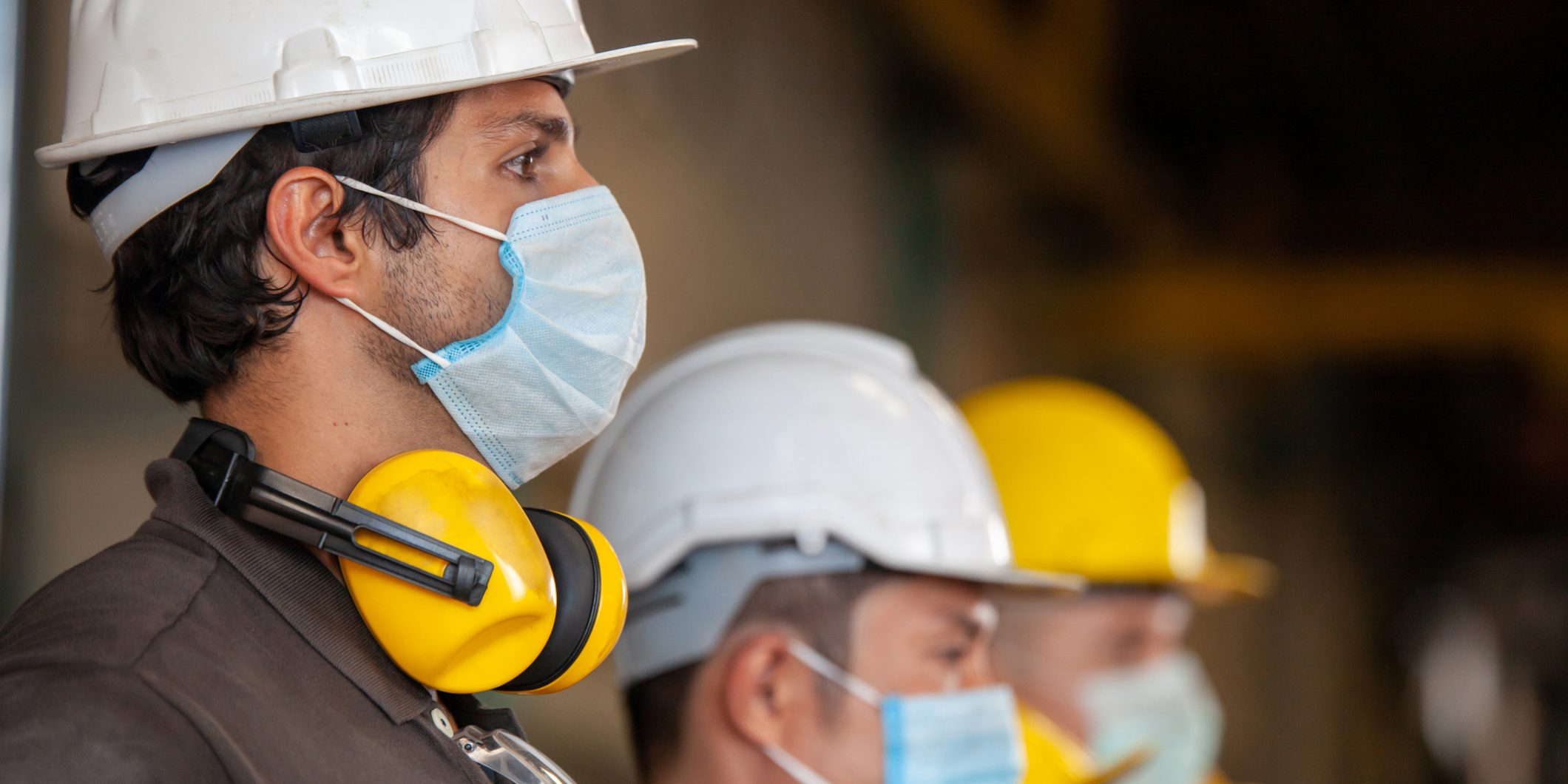With temperatures rising, employers with outdoor workers need to take steps to protect them from heat illness.
California employers need to be especially mindful as Cal/OSHA has workplace safety regulations governing the prevention of heat illness. The heat illness standard came into effect about seven years ago as the number of deaths due to heat illness started climbing, particularly among, agricultural, construction and landscape workers, among others.
Heat illness occurs when the body’s temperature control system cannot maintain an acceptable level. Under normal circumstances, the body cools itself by sweating. However, when high temperatures and high humidity prevent the body from releasing heat efficiently, a person’s body temperature can rise quickly.
Progression of serious illness can be rapid. If left untreated, very high body temperatures might damage the brain and other vital organs – and ultimately cause a person’s death
You should take immediate action to seek treatment for a worker if they start exhibiting one or more of the following signs:
- Headache
- Fatigue
- Dizziness
- Confusion
- Cramps
- Exhaustion
Workers with existing health problems or medical conditions – such as diabetes – that reduce tolerance to heat, need to be extra vigilant. Some high blood pressure and anti-inflammatory medications can also increase a person’s risk of heat illness.
To ensure you are in compliance with California workplace safety regulations, you need to ensure the following:
Access to water
Staying hydrated is probably the single-most important step in heat-illness prevention. Water must be “fresh, pure, suitably cool” and located as close as practicable to where employees are working (and enough to provide at least one quart per employee per hour for the entire shift).
Employers should encourage workers to stay hydrated and drink water.
Access to shade
When temperatures reach 80 degrees, you must have and maintain one or more areas of shade at all times, when employees are present. Locate the shade as close as practical to the area where employees are working and provide enough to accommodate the number of employees on meal, recovery or rest periods.
Even if temperatures are less than 80 degrees, you must permit access to shade for workers to rest.
Preventative cool-downs
If an employee starts feeling unwell, they must be allowed to take a “preventative cool-down rest,” during which they must be monitored for symptoms of heat illness.
They should be encouraged to remain in the shade and not ordered back to work until symptoms are gone. Employees with heat illness symptoms must be provided appropriate first aid or emergency response.
Weather monitoring and acclimatization
Instruct supervisors on-site to monitor the weather so they can institute the correct procedures (like erecting shade at 80 degrees).
Acclimation procedures include close observation of all employees during a heat wave —defined as at least 80 degrees. New employees must be closely observed for their first two weeks on the job.
High-heat procedures
High-heat procedures (which are triggered at 95 degrees) must include:
- “Effective” observation and monitoring of employees, including a mandatory buddy system.
- Regular communication with employees working by themselves.
- Designating one or more employees to call for emergency services, if needed.
- Giving more frequent reminders to drink plenty of water.
- Holding pre-shift meetings on prevention.
- During high heat, agricultural employees must be provided with a minimum 10-minute cool-down period every two hours.
Employee and supervisory training
Ensure appropriate training of both your workers as well as supervisors. Nobody should be working outside in heat if they have not been trained in heat illness prevention and emergency procedures.
Employee training should cover:
- The company’s heat illness prevention procedures.
- Their rights to take regular water and rest breaks.
- Importance of frequent consumption of small quantities of water.
- Signs and symptoms.
- Appropriate first aid or emergency response.
- Importance and methods of acclimatization.
- Importance of immediately reporting signs or symptoms of heat illness to a supervisor.
- Procedures for responding to possible heat illness.
- Procedures to follow when contacting emergency medical services, providing first aid.
Supervisors must be trained on the following:
- The heat standard requirements.
- The procedures they must follow to implement the requirements.
- Procedures to follow when a worker exhibits or reports symptoms consistent with possible heat illness, including emergency response procedures and first aid.
- How to monitor weather reports and how to respond to hot-weather advisories.
Emergency response and written procedures
Emergency response procedures include:
- Effective communication.
- How to respond to signs and symptoms of heat illness.
- Instructions on what to do when employees exhibit severe heat symptoms.
- Procedures for contacting emergency responders to help stricken workers.
Written procedures form part of an effective heat illness prevention plan that should include, but not be limited to your responsibility to provide:
- Cool-down rests.
- Access to first aid.
- The employees’ right to exercise their rights under this standard without retaliation.


